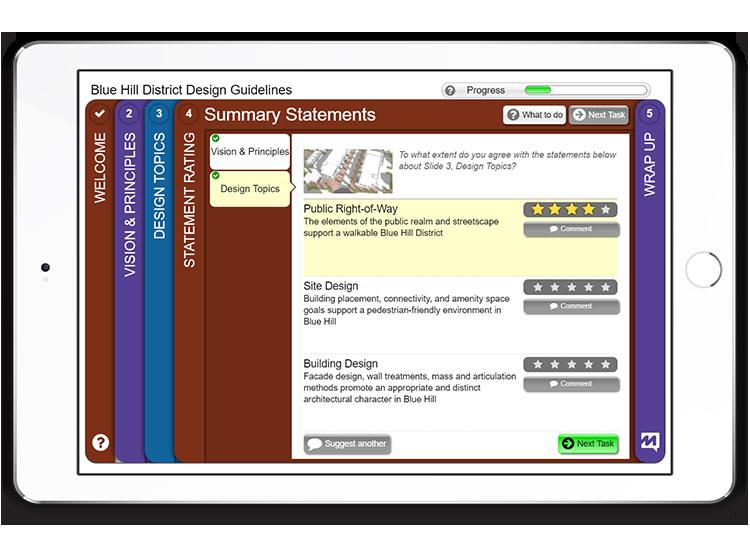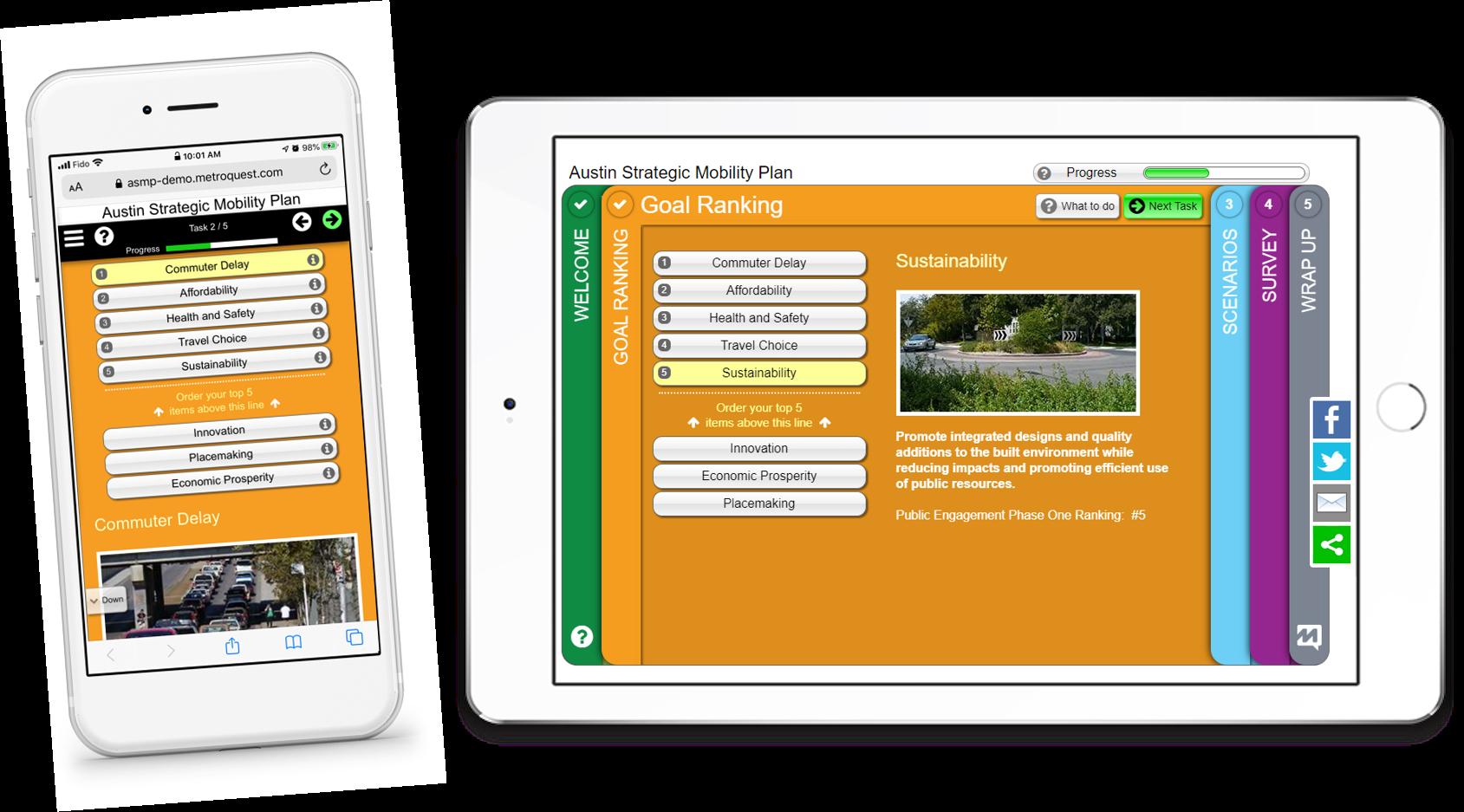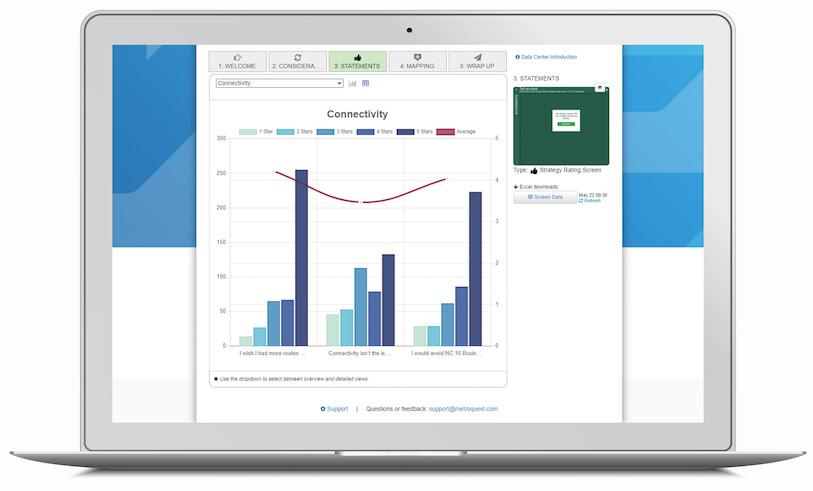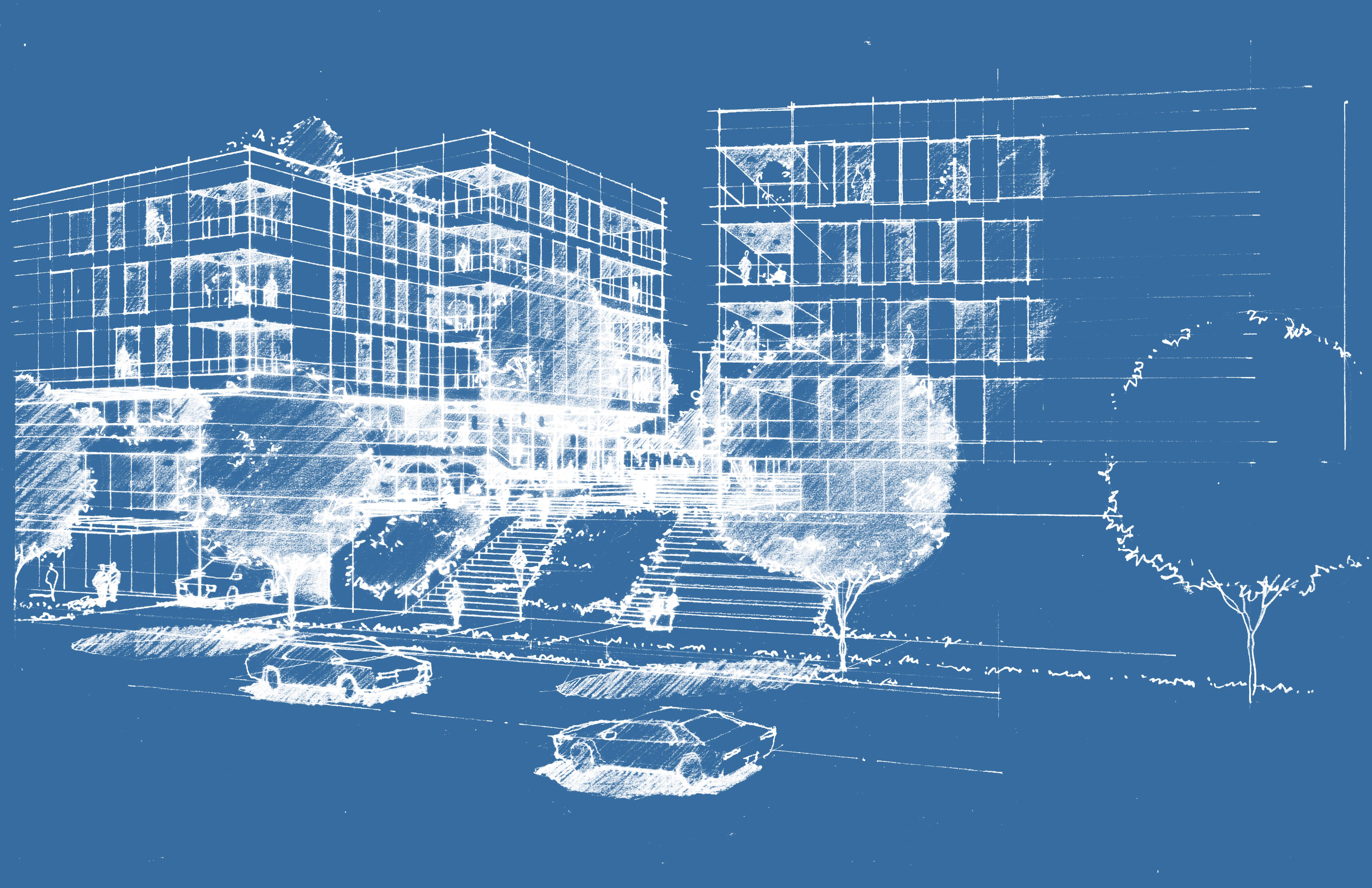Introduction and Acknowledgments
PRESENTING:
HUNTER KIRKLAND
TESSA FOX
COLLABORATORS:
HAROLD MONIZ
PAT LOGAN
STEVE MODDEMEYER
ELLEN KUME
LINNEA ENEBO
SPECIAL THANKS TO:
MARK WOERMAN
ARLAN COLLINS
NATASHA MORRIS
BROOKE HORKY
MICHAEL YOUNG
QUOTE:
“The old joke about the iPhone is that if you asked people what they wanted in a telephone, they would have said, “Longer cords.” That is the product of a worthless consultation.”
- Ruben Anderson
From “Most Public Engagement Is Worse Than Worthless”
What is Community Engagement?
“In its simplest terms community engagement seeks to better engage the community to achieve longterm and sustainable outcomes, processes, relationships, discourse, decision-making, or implementation.”
• From festivals and open houses to mailers and surveys, community engagement can take many forms.
• COVID has centered the focus to online engagement strategies.
• Recently, Bridle Trails went through this process.
◦ Only one shot at “engagement.”
◦ No clear engagement process.
◦ We were not sure which questions to ask.
◦ Our questions were not designed to bring people along the process with us
◦ Faith and trust in elected officials is shaky.
Bridle Trails - Process
CITIZEN AMENDMENT REQUEST (CAR)
2008: Initial Council outreach to evaluate BT neighborhood zoning
Dec 2018: Council adopts new Bridle Trails Neighborhood Plan, Policy BT
2019/2020: Tech City Bowl Property Owners initiate work to bring Zoning Code into compliance with Comprehensive Plan
Oct 2020: Public Open House
Dec 2020: CAR Application to Amend the Zoning Code (Process IV)
2021: City issues Nonproject SEPA Threshold Determination and Staff Report
2021: Planning Commission Public Hearing
2021: Planning Commission issues Formal Recommendation to City Council
2021: City review and public input
We Are Here
TECH CITY BOWL REZONE
DEVELOPMENT PERMITS
2022 (at the earliest): Design Review Board Conceptual Design Conference
2022: Design Review Board Design Response Conference with project specific SEPA Application
2022: Developer (unknown at this time) submits construction permit applications on Tech City Bowl property only
2022: City review and public input
2021: City review and public input
2021: City determines if legislative rezone or quasijudicial rezone is appropriate
2020/2021: Tech City Bowl submits Rezone Application (Process IIB) for their property only
2022: City issues Project specific SEPA Threshold Determination
2022/2023: City Reviews and processes construction permit applications
2021: Hearing Examiner Public Hearing
2021: City issues Nonproject SEPA Threshold Determination
2021: Hearing Examiner issues Formal Recommendation to City Council
2021: City Council Decision
2021: City Council Decision
Why Does Community Engagement Matter?
“I mean, it’s just simply required, right?”
- Harold Moniz
• Often it is required, this can depend on scale and location, among other factors.
• An effective outreach and engagement strategy lends validation to the decisionmaking process.
• Good engagement encourages a smooth process.
◦ With community support comes elected official support.
◦ Strong priorities aligned with the community attract funding.
◦ A project will have champions and caretakers for the rest of its life if the community feels like the building is part of their neighborhood
Why Does Community Engagement Matter?
“It’s really to our advantage that our staff is known outside of the firm as credible, and independent individuals; and ultimately as human”
- Steve Moddemeyer
• Creates meaningful and long-lasting relationships with communities and their representatives.
◦ Builds a positive reputation for the firm in the communities we want to work in.
◦ Can lead to additional projects, and better projects.
• Equity and Inclusion - it is important that the community is part of the process, not just the traditional “stakeholders.”
◦ Equitable design is better for everyone.
◦ Leads to stronger and better projects.
◦ More accessible means more inviting
• Can be a useful tool against displacement and other negative effects of gentrification.
Integrating Online Community Engagement Into Our Existing Process.
“In reality this is the way design is headed, it is part of the process and it’s not going anywhere.”
- Steve Moddemeyer
• It’s not about rearranging the entire process but about bringing more voices to the table during the process.
◦ For some this presentation will help select the right consultant to handle your public engagement, for others you may want to consider creating your own engagement tools.
• All projects start somewhere, this is often in the highly political planning phase where quality community engagement is key.
• Extremely dynamic and flexible when correctly designed. A quality engagement campaign can continuously gather data throughout many project phases.
• We can communicate our values, goals, and expertise to the larger community, while learning about theirs.
Integrating Online Community Engagement Into Our
Existing Process.
“We are facilitators, we can design anything, but what is it that we can, and should design? And what is that the community and client want from our design?”
- Harold Moniz
• When initiating projects we interface with city officials and the community.
◦ Far too often the representatives we engage do not accurately represent the community.
◦ Quality engagement can help represent a broader more representative swath of society.
• With actionable data we can inform our existing design process with more than assumptions and outdated data.
◦ Avoids any town, anywhere design.
◦ Helps uncover the character, what makes it special - tailors a project to a location and community.
Integrating Online Community Engagement Into Our
Existing Process.
“We should be facilitators of the conversation, not forcing a canned idea onto people.”
- Harold Moniz
Benefits:
• Mine the wisdom of the masses.
• Create co-ownership in the project.
• Co-create the answer - brings people together around creative solutions.
• Potential for transformative projects.
“Educate, engage, and gather results”
• Smarter outcomes that go further due to ownership.
- MetroQuest
• More innovative solutions to complex issues.
• Develops long-lasting relationships with communities in which we are less well known.
• Prevents generic projects.
• Provides an added value for the client.
QUOTE:
“I don’t want to indulge the notion that there is a singular public vision for this [project] just waiting to be discovered, and that the problem is simply that this survey fails to discover it. The reality is that there isn’t one. The public consists of thousands of individuals with their own priorities, preferences, and experiences. And those individuals mostly experience a place […] in particular ways at particular moments, not in abstract “visions.””
-
Daniel Herriges, Strong Towns
What Does Quality Online Community Engagement Look Like?
“Focus on values and principles, not solutions” - Steve Moddemeyer
Challenges:
• Reaching critical mass
• Maslow’s hierarchy of needs - fear and anger are great motivators.
• Fighting against a lack of motivation
• Seeking input on complex issues
• Limited options during a pandemic
Goals:
• Should be fun and compelling
• Educate the participants on complex choices
• Keep it short (5 mins)
• Multi-channel: mobile, web, print
• Create effective questions
• Offer privacy and convenience
MetroQuest - Survey Sample


MetroQuest - Survey Sample

MetroQuest - Results Dashboard

How to Ask the Right Questions.
“People can get hung up on details - arguing whether you should take a red car or a blue car when in reality you need a boat.”
- Harold Moniz
“The questions you ask are super important - the questions presuppose the answers.”
- Steve Moddemeyer
• Support the Narrative.
◦ Curate questions to communicate a clear story rooted in values and objectives.
◦ Don’t get lost in the details.
• Keep it engaging - no standard questions.
◦ Do not ask questions better answered by yourself or other experts.
◦ Ask questions geared towards use, experience, values, character, and other attributes.
• Create micro-learning moments.
◦ Communicate values and bring people along.
◦ Demonstrate trade-offs or other decisions driving factors that influence design options.
How to Gather Actionable Results.
“The data turns people toward better decisions — without the necessity to decide on the spot. It mainly involves communication and collaboration between people. Actionable data insights help [decide] what action to take and what action not to take.”
-Khadeer Sultana, AudiencePlay
• Lower the bar to entry, ensure accessibility.
◦ Guarantees that all voices are heard, not just the loudest.
◦ Bolsters an equitable and inclusive process.
• Form community partnerships with underrepresented groups.
◦ Many groups that are traditionally left out of the process can be engaged through existing community groups.
• Use modern tools, such as Facebook advertising tools, to round out weak points in data.
◦ Good data reflects the demographic makeup of the area.
• Get creative.
◦ This is all ultimately a framework, each project will call for a unique approach.
Example
Anatomy of a Great (5min) Survey.
“Don’t stop at tradition.”
- Harold Moniz
• Communicate purpose and scope (45s)
• Range of options (60-90s)
◦ Image rating based on values
◦ More traditional visual preference
• Possibilities and restraints (60-90s)
◦ Demonstrate trade-offs or other decisions driving factors that influence design option.
• Spatial elements (60s)
◦ Standards and guidelines
• Alternative futures (90s)
◦ Proposals and scenarios
◦ Outline the values and goals of each scheme
◦ Ask for agreement or alignment

Thank you for attending.
